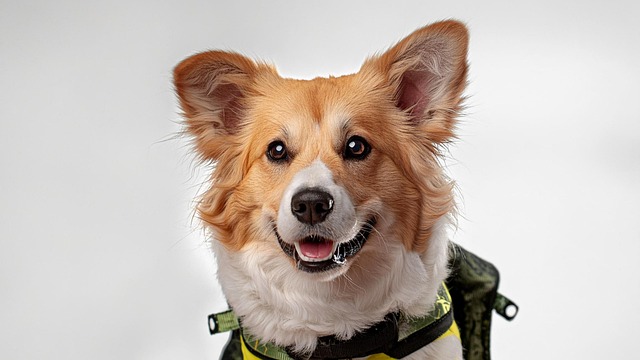Watching your dog back away from the car, tail tucked and ears flattened, can feel frustrating—especially when you need to get to the vet or head out for a trip. Fear of cars often stems from past stress: a bumpy ride, loud noises, or even just the sudden movement of closing doors. But with patience, you can turn that anxiety into curiosity, one small step at a time.
Start by making the car a “safe zone” when it’s not moving. Open all the doors, let your dog sniff around at their own pace, and toss a few treats inside—on the floor, the seat, wherever they feel comfortable. Never drag them in or lift them against their will; that only reinforces the fear. Some dogs might take days to even stick a paw inside, and that’s okay. The goal is to let them associate the car with good things, not pressure.
Once they’re okay with being near the car, try short, calm sessions with the engine off. Sit inside with them, offer pets and praise, and keep it brief—5 minutes at most. Gradually work up to turning the engine on for a few seconds, then longer, pairing the sound with treats. Many dogs get spooked by the vibrations or the hum, so letting them adjust in tiny increments prevents overwhelm.
 When it’s time for the first actual ride, keep it super short—around the block, maybe to a nearby park for a reward. Avoid sudden stops or loud music; the calmer the environment, the better. If they pant, shake, or try to hide, don’t scold them. Instead, speak softly and wait until they relax before continuing. Over time, these mini-trips build trust, showing them cars lead to good places, not just the vet’s office.
When it’s time for the first actual ride, keep it super short—around the block, maybe to a nearby park for a reward. Avoid sudden stops or loud music; the calmer the environment, the better. If they pant, shake, or try to hide, don’t scold them. Instead, speak softly and wait until they relax before continuing. Over time, these mini-trips build trust, showing them cars lead to good places, not just the vet’s office.
It’s worth noting that in many areas, ensuring your dog can travel safely isn’t just kind—it’s part of following local rules. Securing them with a harness or crate during rides protects both of you, and some places require it by law to prevent distractions while driving. A scared dog who bolts from a car can also put themselves in danger, so helping them feel calm contributes to being a responsible owner.
Training a scared dog to get in the car takes time, but the payoff is huge. Imagine loading them up for a weekend getaway without stress, or getting to the vet quickly when they need care. It’s about building confidence, one positive experience at a time. And when they finally hop in on their own, tail wagging? That’s the moment you’ll know it was all worth it.

 When it’s time for the first actual ride, keep it super short—around the block, maybe to a nearby park for a reward. Avoid sudden stops or loud music; the calmer the environment, the better. If they pant, shake, or try to hide, don’t scold them. Instead, speak softly and wait until they relax before continuing. Over time, these mini-trips build trust, showing them cars lead to good places, not just the vet’s office.
When it’s time for the first actual ride, keep it super short—around the block, maybe to a nearby park for a reward. Avoid sudden stops or loud music; the calmer the environment, the better. If they pant, shake, or try to hide, don’t scold them. Instead, speak softly and wait until they relax before continuing. Over time, these mini-trips build trust, showing them cars lead to good places, not just the vet’s office.



